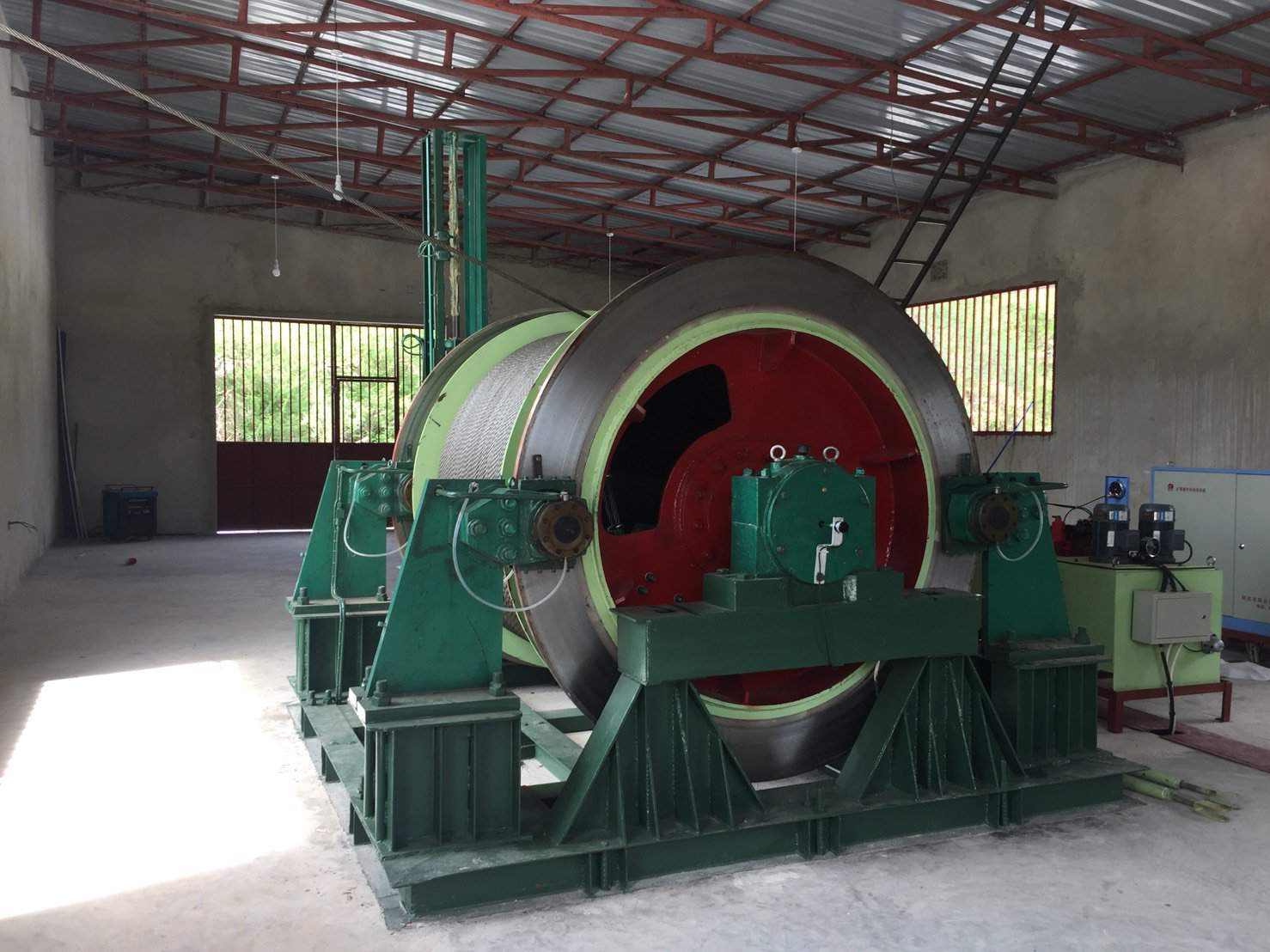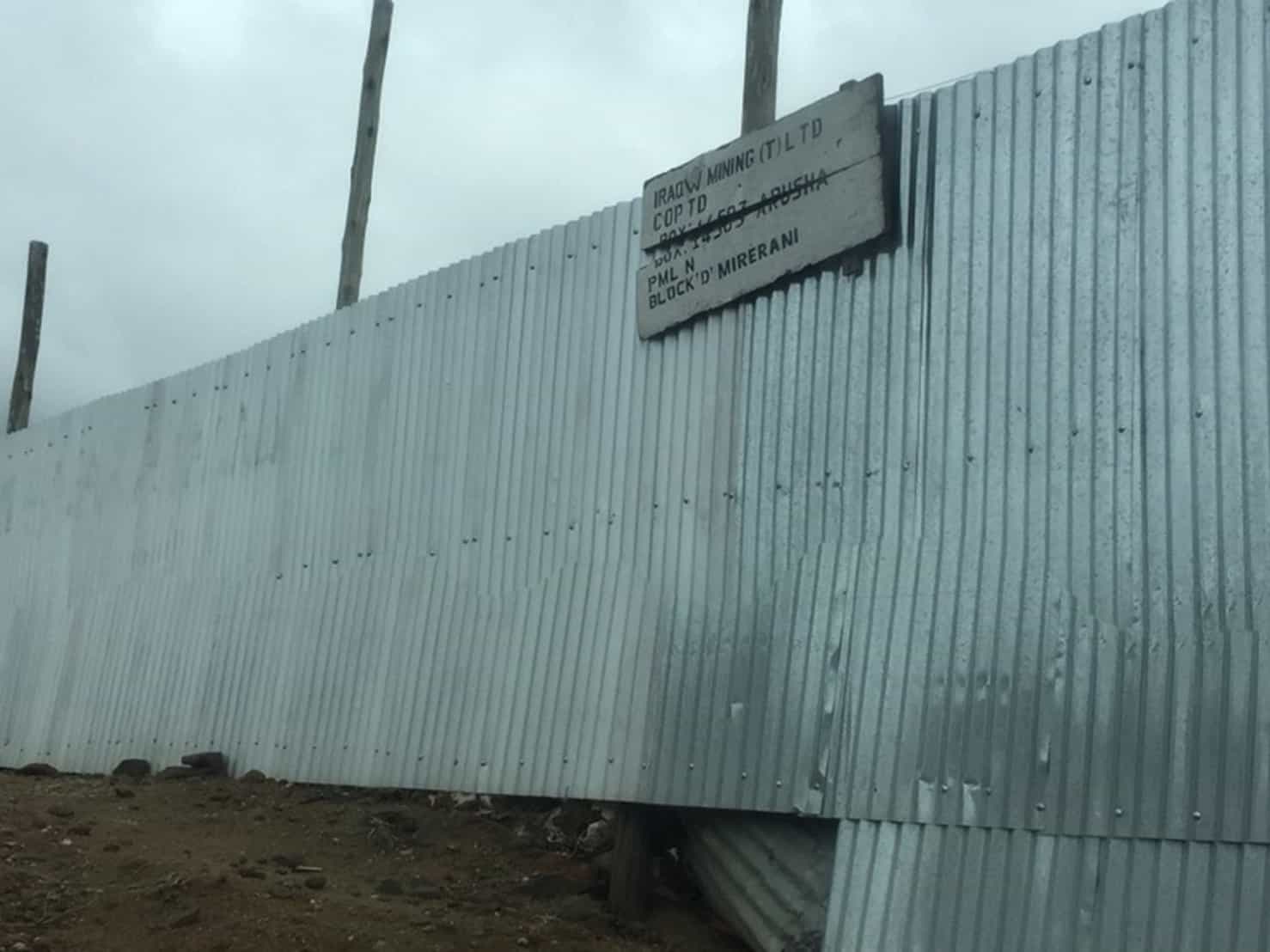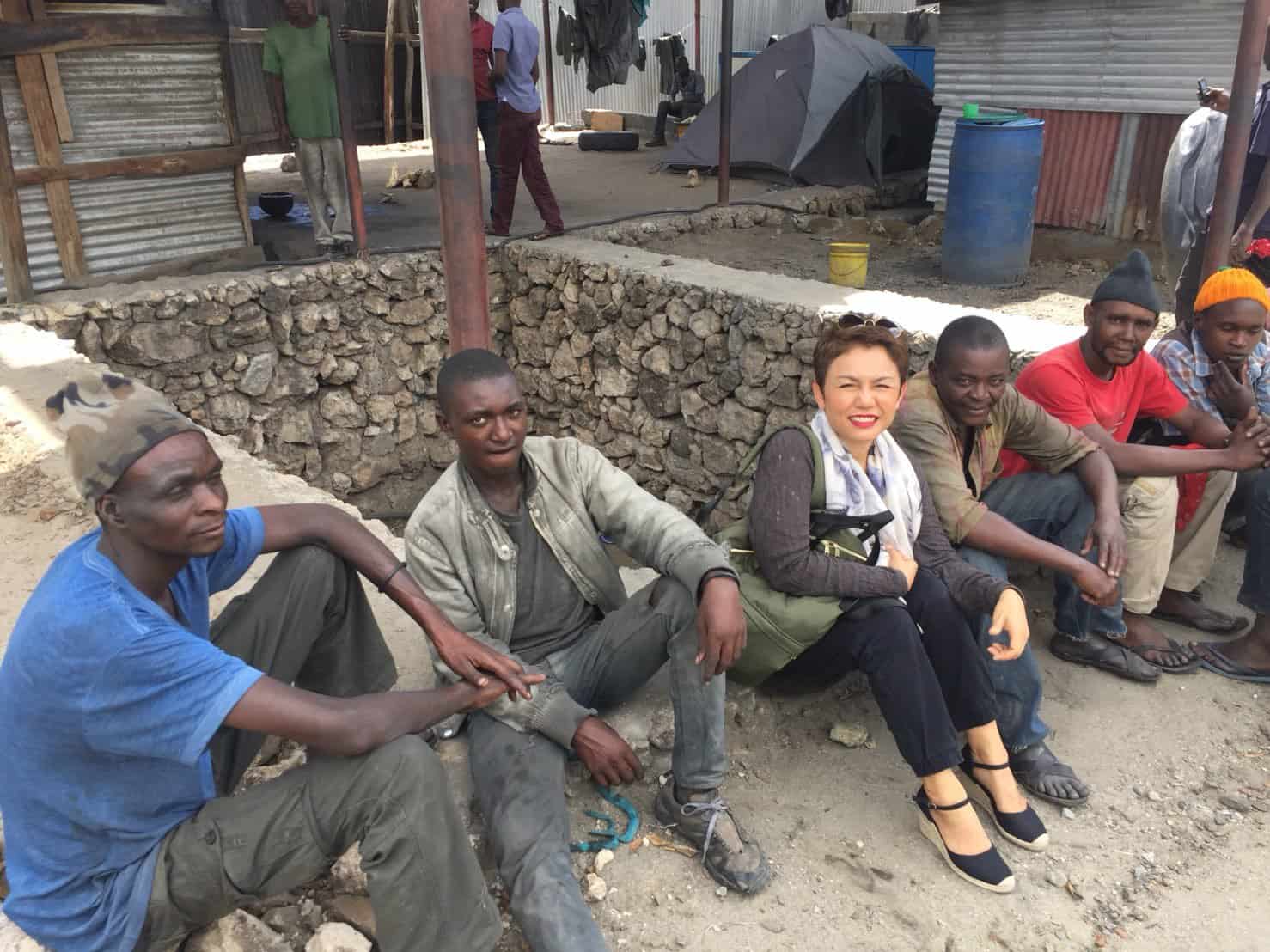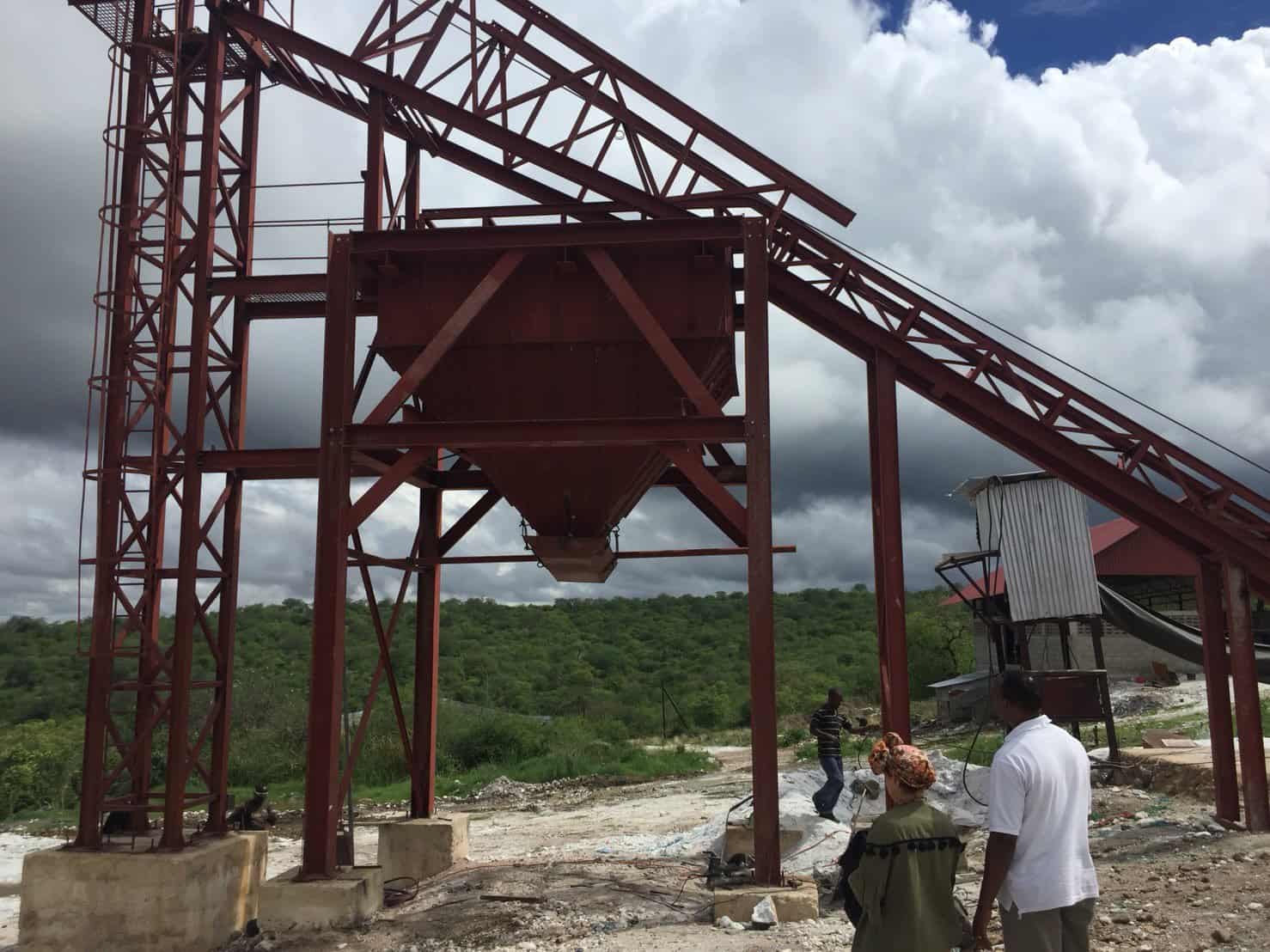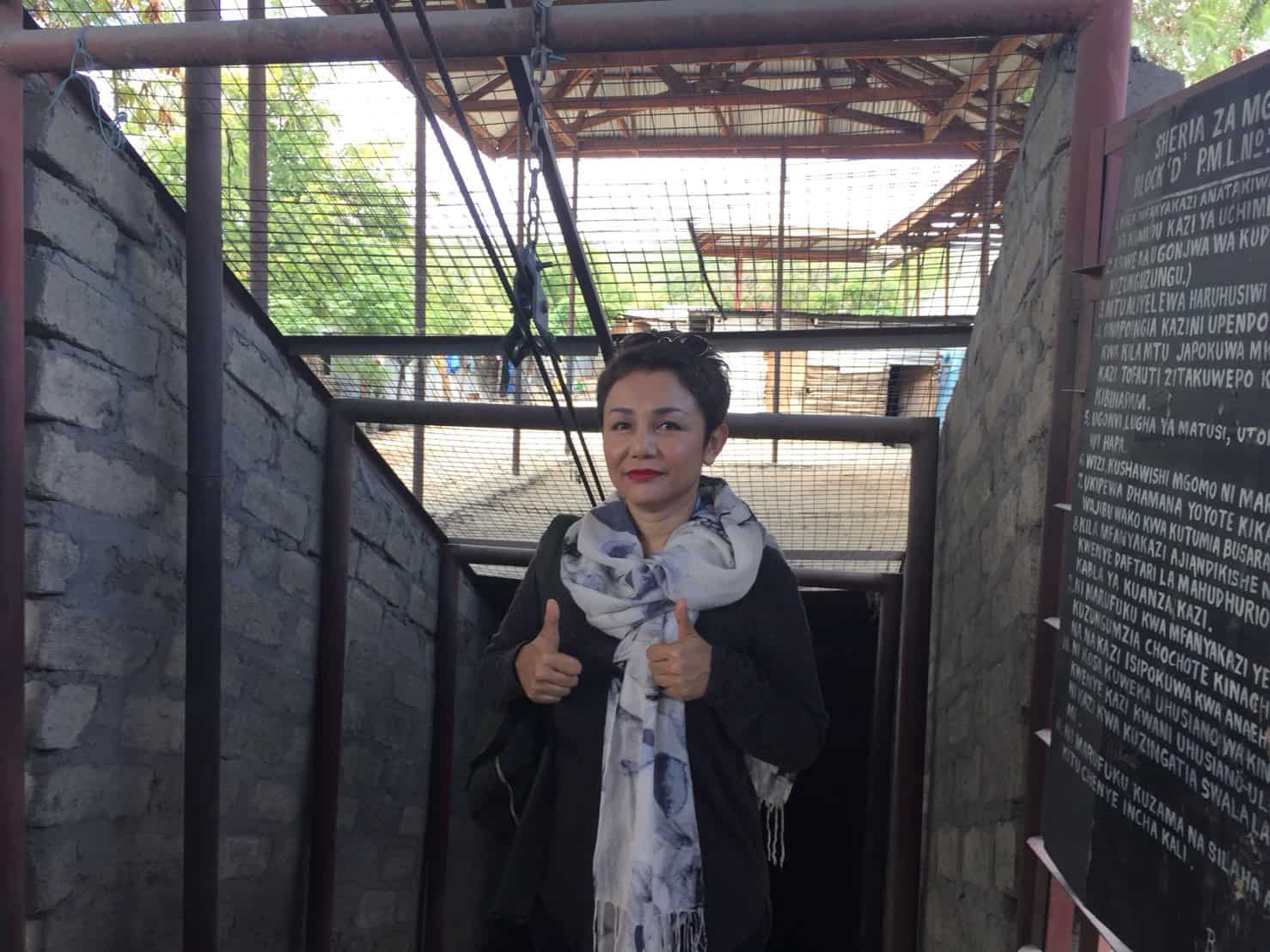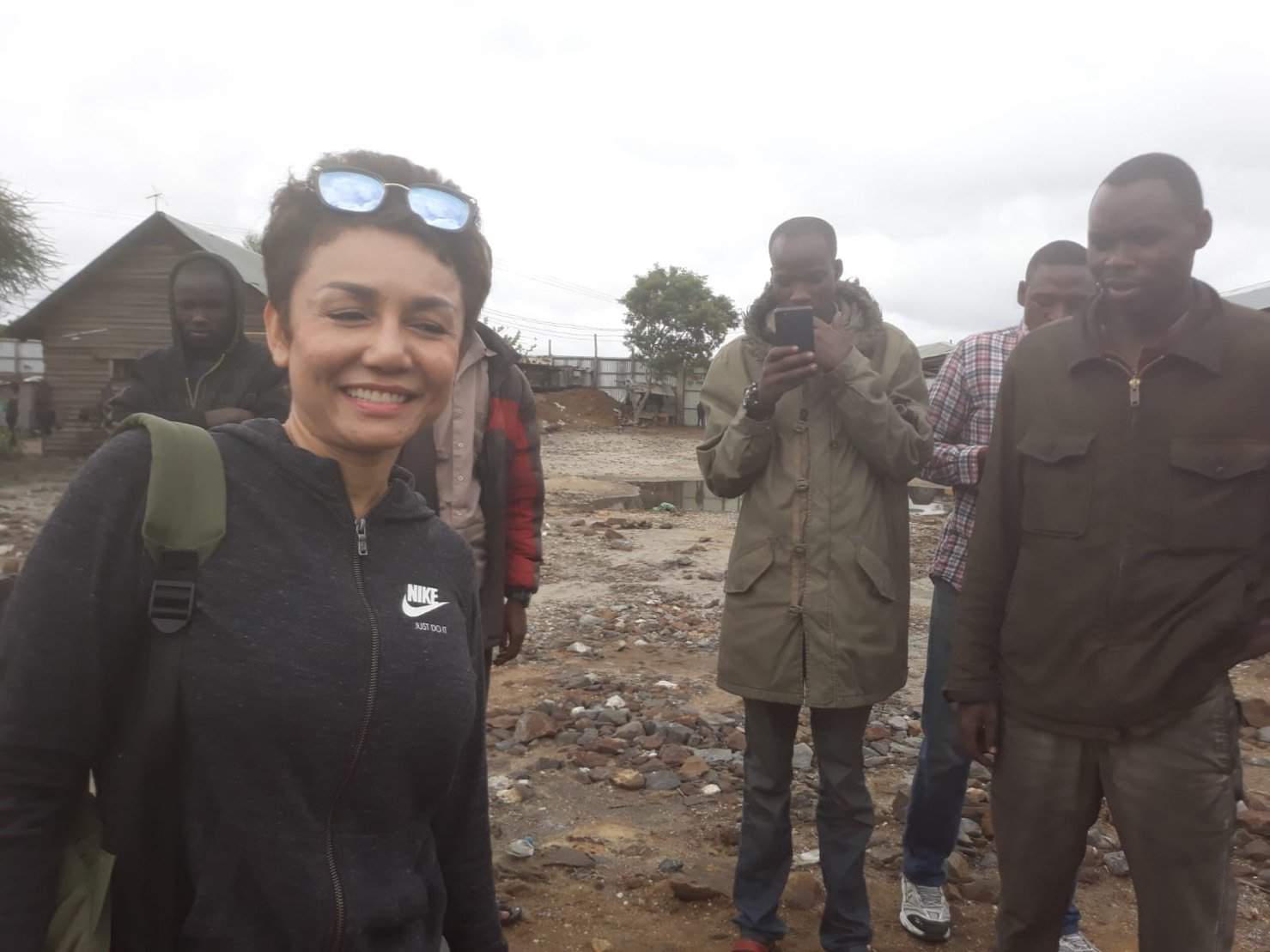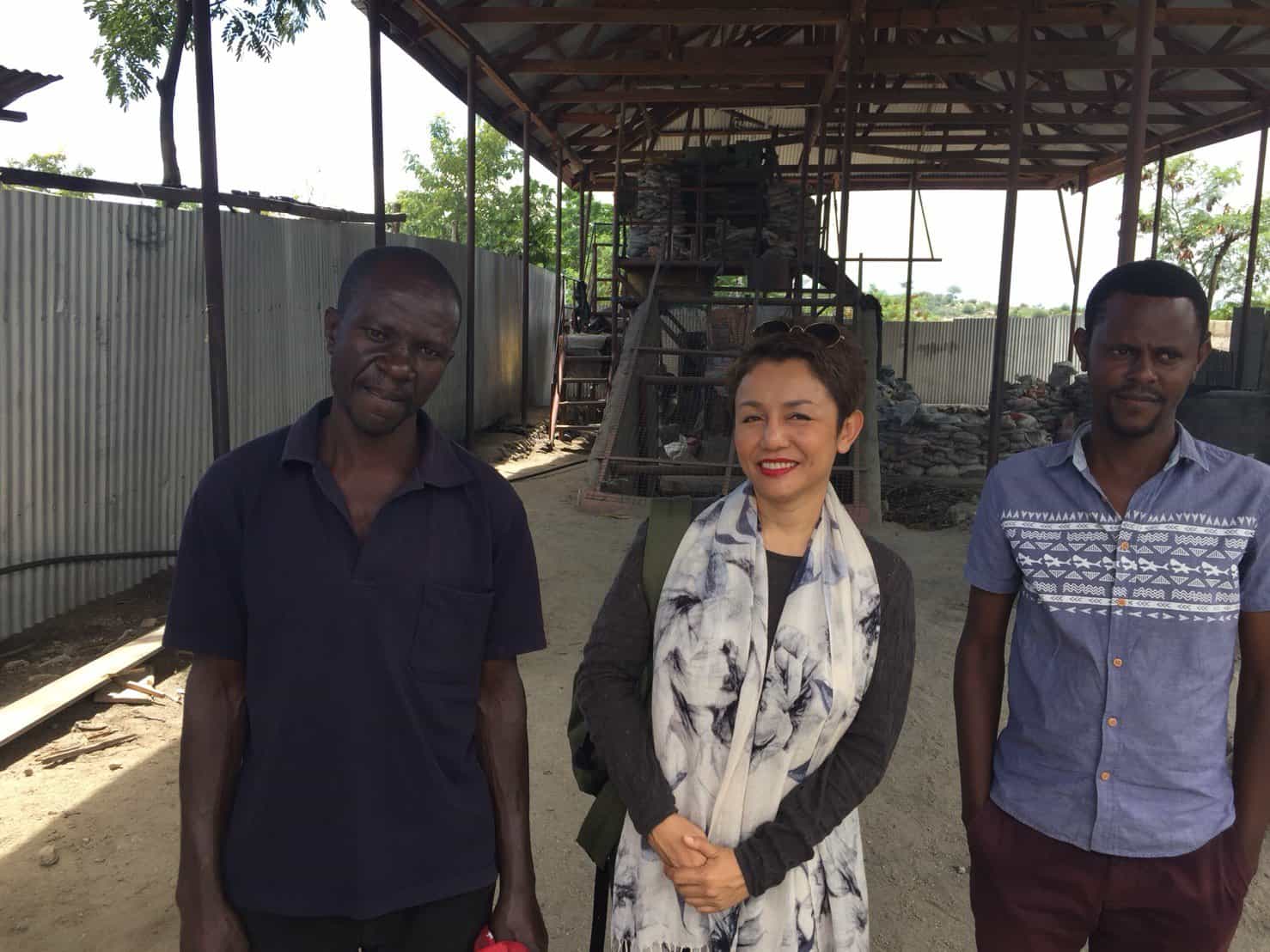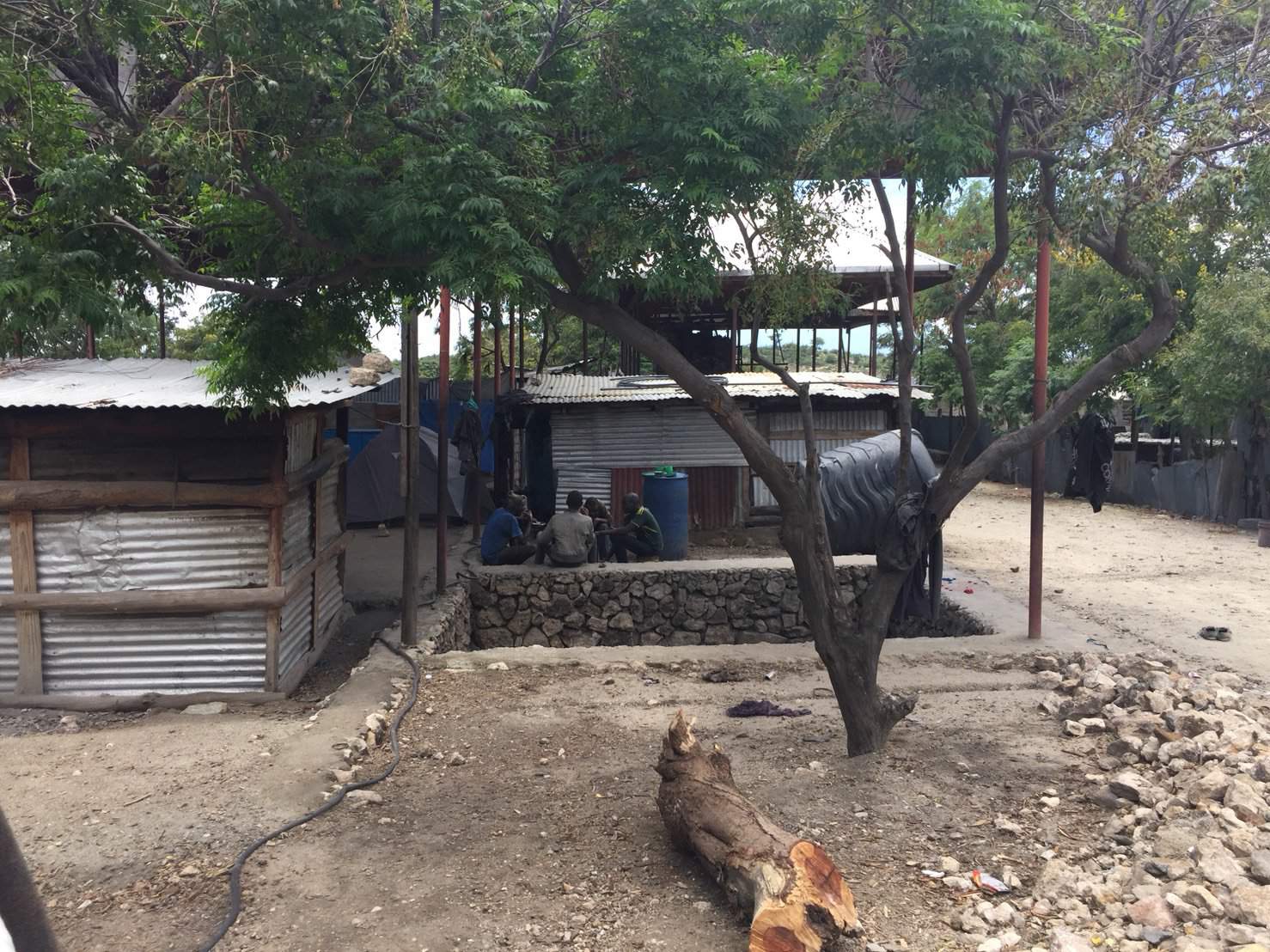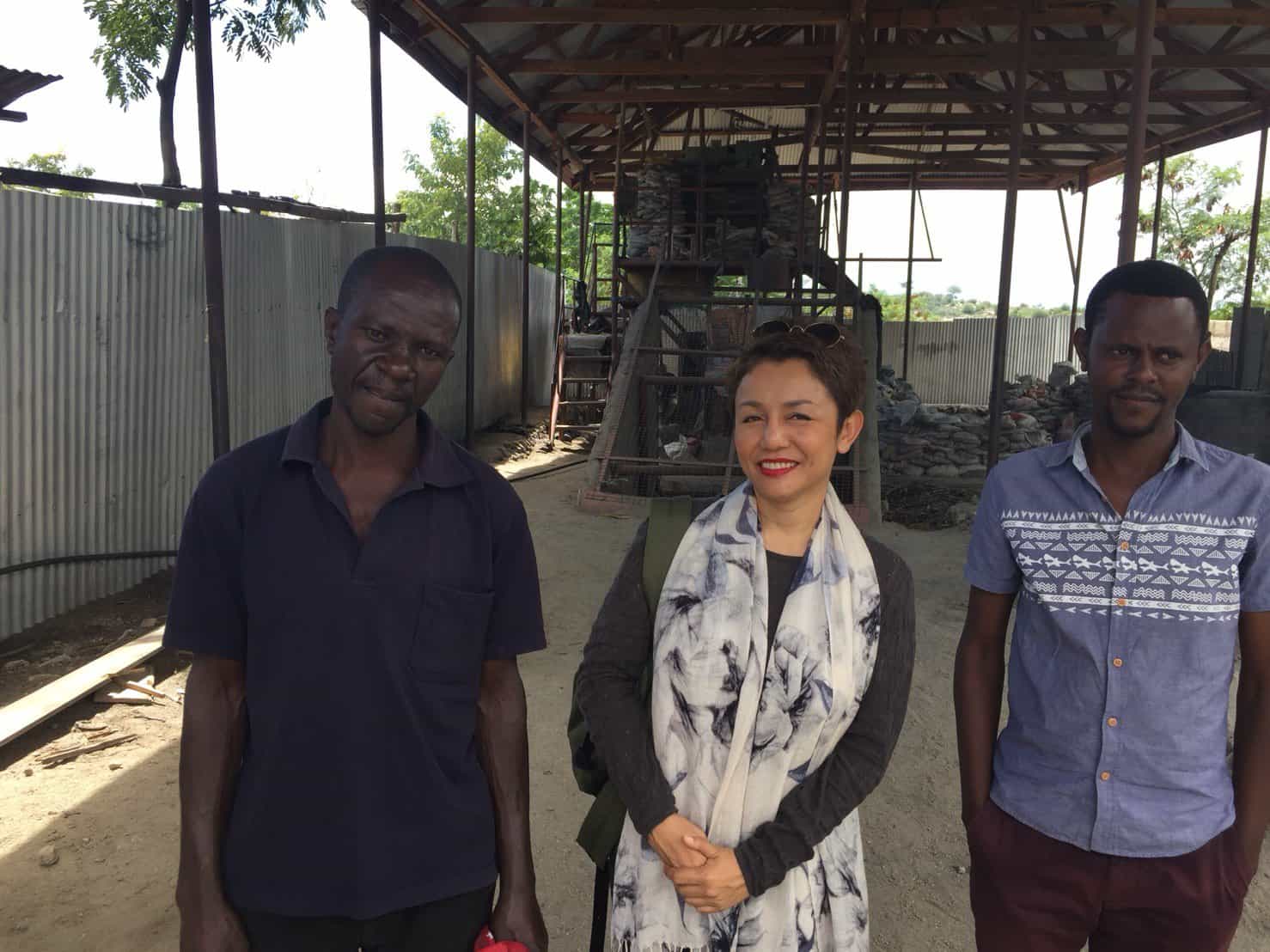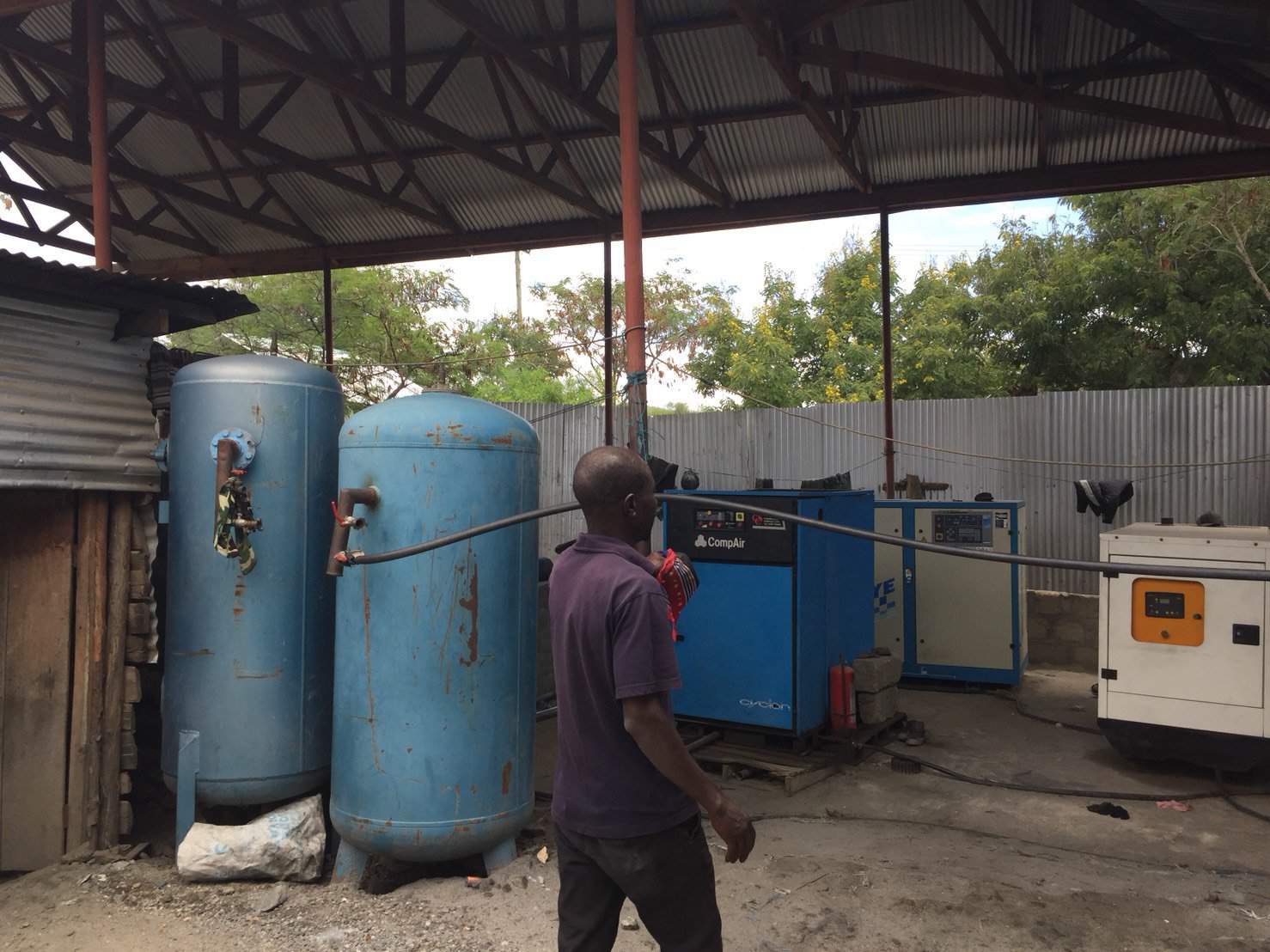Dream The Amaranthine Fire …
follow a piece of tanzanite from the mine as rough to cut and finished
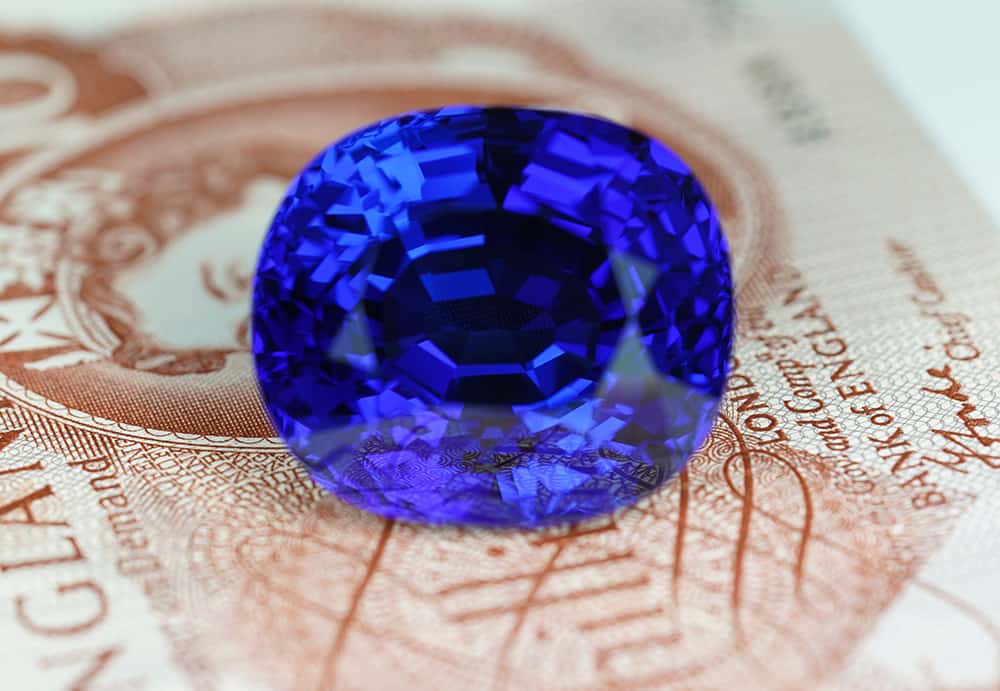
Y ears ago, in the high veld of Tanzania’s bushland, under the watchful eye of the towering Kilimanjaro, a “new” jewel was found. Precious, bright and exuding a jaw-dropping purple color, this breathtaking precious gem would go on to redefine what intense color should be. Discovered by herdsman on the xxx plains following a lightning strike, the bush lands were afire. The Masai noticed in the ground glinting purple fire. The lighting fires had released from within the gem an astonishing purple.
Under the watchful eye of the legendary Tiffany’s in New York, this new gemstone was christened “Tanzanite” and bought to the world’s jewelry markets. Jewelers and connoisseurs were enamored. The color was beyond any purple seen – like Amethyst, but beyond the realm of normal color as if an impossible hue seen on psychedelic mushrooms.
The gem would go on to become a global best seller and favorite among color-aficionados.

The Road to Merelani
Leaving the graceful city of Arusha with its avenues of Flame Trees, the tanzanite mines are 20kilometers to the south east of this temperate, pleasant African town. The road to Merelani is dotted with flat-topped, thorny yet iconic Acacias trees.
The mining areas are divided into “blocks”. The best jewels, with the most intense bewitching purples come from the now legendary D-Block. A patchwork quilt of different claims, the area encompassing D-Block is home to several different mines. Three decades ago, dozens if not hundreds of small miners operated here, however, a period of consolidation occurred and later emerged a few serious large players with the resources to dig deep through the graphite rock, to find and liberate these aeons-old precious crystals.

A Swahili language sign within the “D Block”. Photo by Flames Jewelry / K Wimon Thammakun
Like many mines around the world, tunnels are dug down in to the
Into the D-Block. A visual journey by our tanzanite guru, Khun Wimon.
Cutting Tanzanite – Part #1. Planning The Rough
Tanzanite requires shaping, fashioning and polishing to release its true potential. Its color is strongly trichroic, changing colors like a purple-chameleon when viewed from different directions. Tanzanite has to be gently warmed to release its best intensest colors — frequently there is a sultry bronze red color in one of the axis-of-color-directions that has to be seared out with charcoal or other means of heat.
Like the diamond industry, tanzanite cutters have to careful, judicious and considered when planning how to cut their precious rough crystals. Shape, cracks, flaws, color, directional-color and cutting are all considered in a matrix of potential outcomes. The choice of how to manage each piece is rarely easy. Below is some pictures of sawn and cleaved tanzanite making the preforms carefully.
Cutting Tanzanite – Part #2. Preforming & Polishing
With the plan made for shape and cut type, the facetors moves to the lapidary wheel. Here facets are cut and polished by hand to create a brilliant sparkling polish to release the color in an intense swirling pool of purple of fire.
The gem is first shaped by hand on a rotary wheel that is loaded with diamond-abrasives. Below, we follow the journey of a piece of rough that becomes a heart shaped tanzanite.
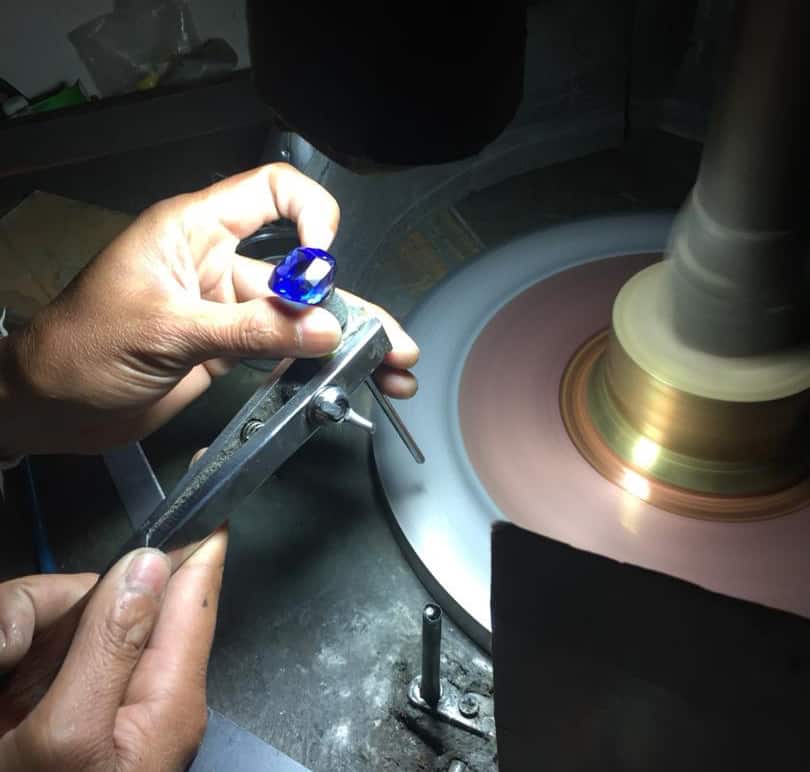
After the cutting, the lapidary-artist may adjust the shape by hand and eye to give it that perfect, crafted eye-pleasing shape and finish. See the video below.

